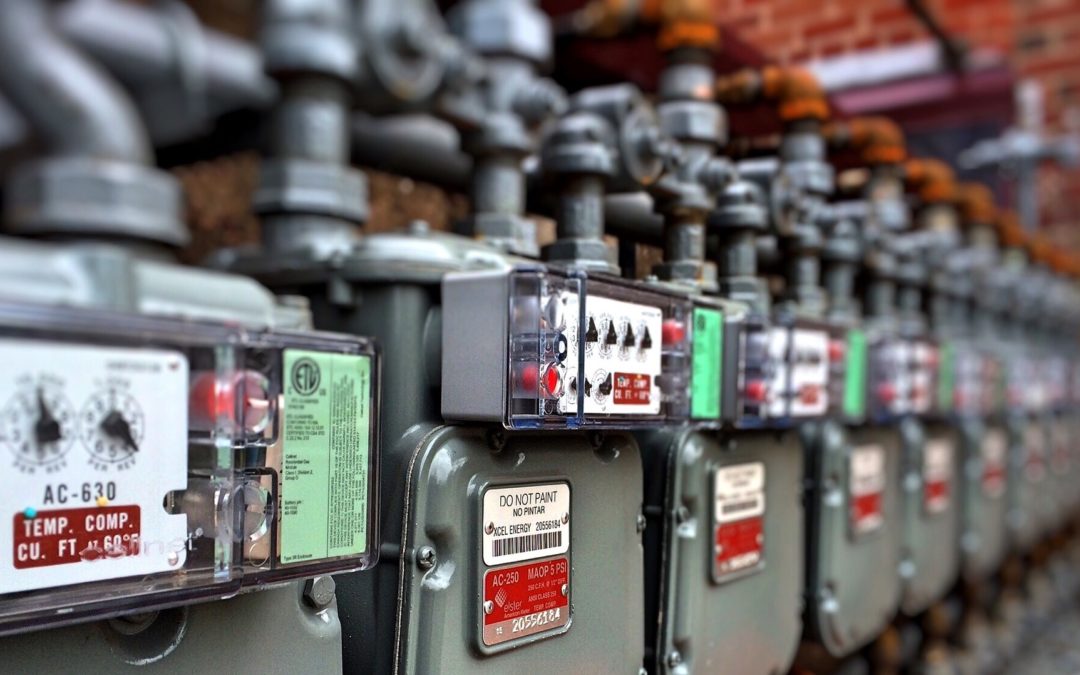While the drama around the fate of PG&E, who is faced with enormous claims for liability for wildfire losses, unfolds, the implications for clean energy investment have gotten little attention. If the company does enter bankruptcy, all of its contracts, including those with clean energy suppliers, could be subject to modification or cancellation. A bankruptcy judge wields enormous power in reshaping a company’s business in order to emerge from protection. The judge can decide who will and who won’t get paid, and which, if any, contracts are honored, almost without regard to what any state or federal regulators desire as an outcome. It is a perilous process. It doesn’t necessarily mean the outcome will be negative for clean energy. It is just a cause for concern.
The top priority of the judge is to protect creditors, but that doesn’t mean all creditors will be treated equally. A judge will decide which claims are first to be dealt with and how much of each claim will be paid. That creates a situation where creditors will be fighting among themselves to get to the front of the line. And ratepayers will oppose solving the problem by raising rates. All manner of arguments will be made about the validity of claims. Here are some pitfalls about which to be aware:
- Some Power Purchasing Agreements (PPAs) may be repriced or cancelled. Arguments likely will come up that purchases of clean power are overpriced or even unneeded as a way to make more money available to pay other claims. If Community Choice Aggregators (CCAs) purchase more power for their customers and displace the need for power which PG&E had already agreed to purchase, it could create an oversupply situation. This could jeopardize the existing PPAs from things like big solar farms and wind parks as well as biomass and other power generators that got favored pricing of 10 cents/kWh or more in the past. In PG&E’s prior bankruptcy, this didn’t happen, but at that time PG&E was short on power and the clean power was essential. The PPAs were largely untouched. It’s a different story now.
- Net metering prices may drop. PG&E as well as other utilities have argued that paying full retail prices for power provided by users from installations such as rooftop solar (“net energy metering”) was too generous, since only the energy portion of a retail customer’s bill and not the fixed costs of poles and wires would be avoided. A judge could adopt that argument and lower the payments, to the point that the savings from customers adding on-site generation would disappear.
- The impact on CCAs could go either way. CCAs have been much more favorably inclined to buy only clean power, one of the attractions communities like. The turmoil could make more communities eager to take their power purchasing into their own hands this way–or it could raise the prices CCAs are charged by the surviving utility to the point that CCAs make little economic sense. CCAs buy power directly and pay the utility for the use of its poles and wires to deliver it to customers in their communities. Some have speculated that PG&E could become just the steward of power delivery for a collection of CCAs that would serve all areas in the service territory. But if a judge imposed a huge “exit fee” for customers to switch to a CCA, the economics could become untenable.
- More communities may wish to buy out PG&E completely. CCAs are a partial step to “municipalization.” The full step has been very controversial. There was an unsuccessful attempt nearly 15 years ago by SMUD to extend its service area by annexing West Sacramento, Woodland and Davis in Yolo County. PG&E made the claim that doing so would make rates increase for all existing SMUD customers and save little for the new Yolo customers. Things may be different now, especially if a judge is looking for ways to raise cash. In a municipalization, PG&E would be paid for the assets the new utility acquired. A SMUD expansion might also get clean power purchasing back on track locally sooner than other options, given the relative financial strength of the District.
- Clean power purchasing could slow down. Enacting SB100 was supposed to accelerate the transition to 100% renewable power, but a PG&E bankruptcy would muddy the waters on who would be purchasing the power and how much they might be willing to pay. A bankruptcy judge would have a say in any new contracts entered into during the time a company remains in protection. It may take years for the bankruptcy to be settled, a considerable time for uncertainty clouding the power purchasing process.
The result of PG&E entering bankruptcy may not be all bad for clean energy. A judge willing to consider the longer-term savings of “going green” could preserve much of the benefits for clean energy companies. Or the judge could narrow the scope of the proceeding and put modifications to clean energy contracts out of bounds. On January 14, Governor Newsom put his chief of staff Ann O’Leary in charge of a “strike force” of state energy policy agencies to provide information that could steer the process in a positive direction. For clean tech companies, there will be peril but maybe some opportunity as well for those that understand what will likely be happening.
To find out more on this topic and related issues, come to our April Workshop on the Future of the Utility Business. Watch for an announcement soon on the date and time.

ABOUT THE AUTHOR
Gary Simon is the Chair of CleanStarts Board. A seasoned energy executive and entrepreneur with 45 years of experience in business, government, and non-profits.

